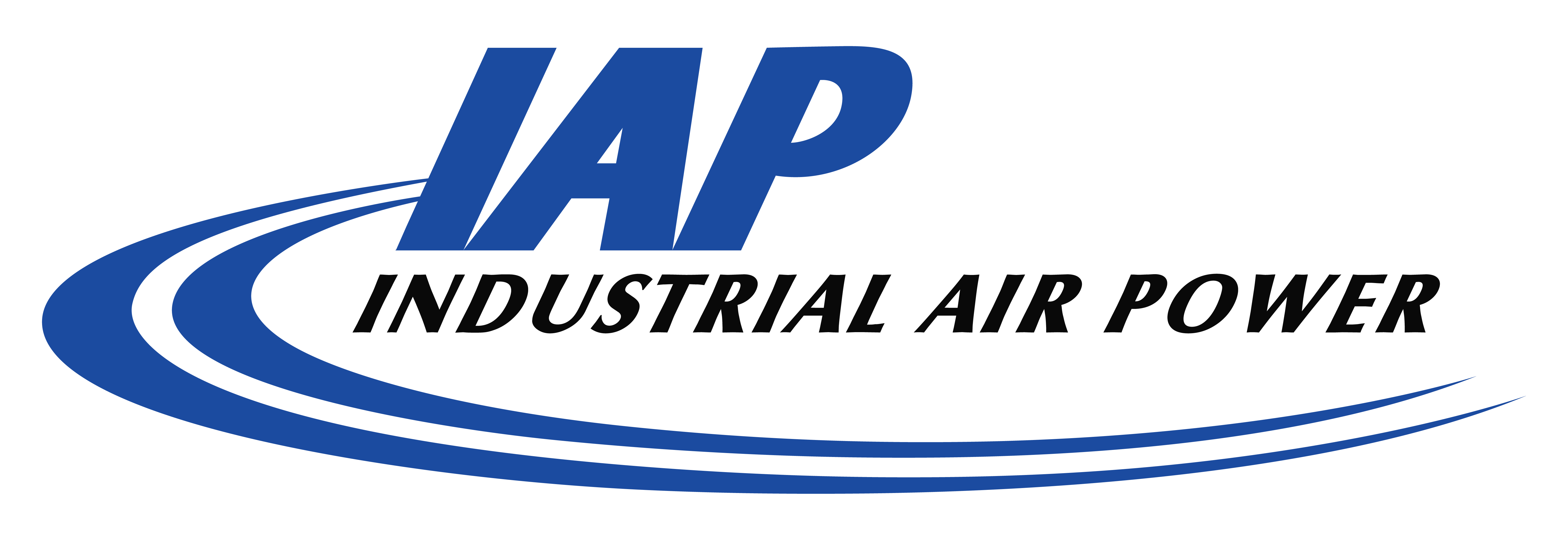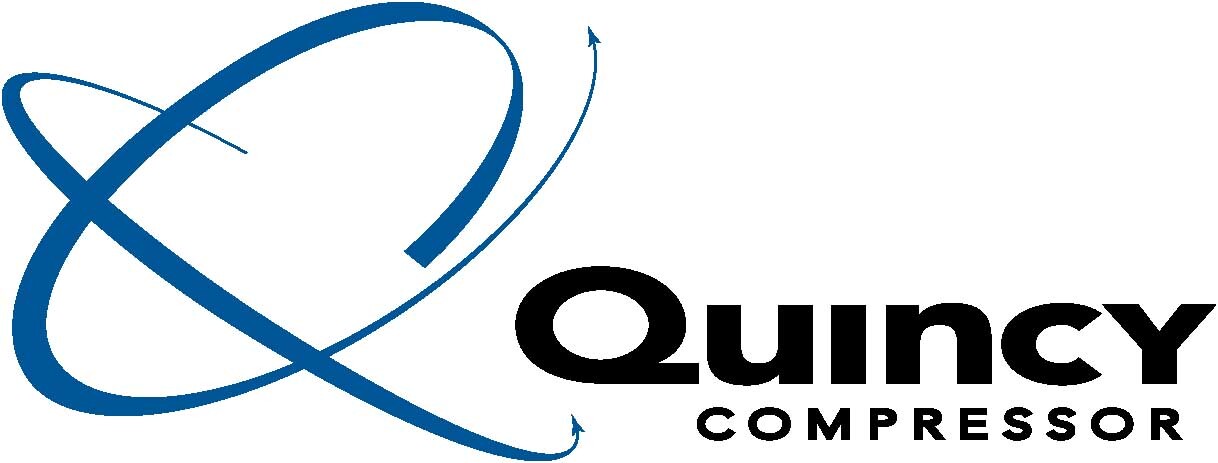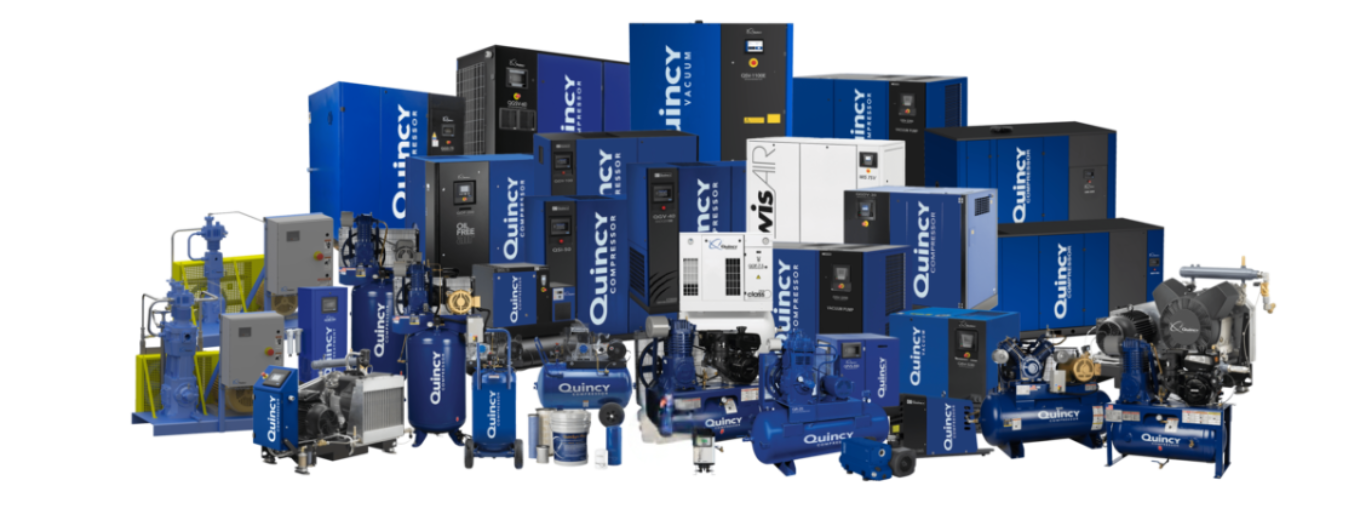Quincy Compressor Parts: What to Replace and How to Decide
Posted by IAP on 08/28/2025


Get straight to the facts with the key highlights outlined below.
Why It Matters
Keeping your Quincy system running efficiently depends on timely part replacements. Even seemingly small components can bring operations to a halt.
OEM vs. Aftermarket
Both options can extend equipment life. Learn when OEM is essential and when aftermarket is a smart, cost-effective choice.
How to Decide
Consider application, urgency, budget, environment, and warranties when deciding between Quincy air compressor OEM and aftermarket parts.
What to Replace
Commonly replaced parts include filters, separators, valves, and gaskets, each critical to long-term performance. Ensure you source your parts from a trusted distributor.
When you depend on a Quincy air compressor, staying on top of part replacement isn’t just routine maintenance, it’s the difference between consistent uptime and costly interruptions. Every component in your system plays a role in efficiency, performance, and longevity. But with so many options across OEM and aftermarket, it can be tough to know what to replace, when, and which parts are worth the investment.
This guide breaks it down, helping you make informed decisions on Quincy compressor parts while linking you to the products you need.

Extending the Life of Your Quincy Compressor
Quincy is a trusted name in compressed air systems, known for durability and innovation. However, even the best compressors require routine maintenance and part replacements over time. Pairing replacement with a proactive maintenance program helps extend the life of Quincy equipment and prevents costly breakdowns. Regular inspection of filters, monitoring lubricant condition, checking belts, and keeping an eye on system pressures are all simple steps that reduce wear and tear.
For facilities with high-CFM demand, unplanned downtime can quickly turn into lost production revenue. Planning ahead with a parts inventory tailored to your Quincy systems ensures you’re always ready when a component needs replacement.
Why Staying Ahead on Parts Matters
An air compressor is only as strong as its weakest component. A worn filter, leaking valve, or failing pressure switch can compromise system efficiency, increase energy costs, and put unnecessary stress on the equipment, when already operating under intense conditions.
For operations running multiple shifts or depending on consistent air supply for production, even minor part failures can bring operations to a halt. Heat, vibration, and continuous demand wear down parts over time. For industrial professionals, the question isn’t whether parts will fail, it’s when. Neglected parts often lead to:
- Energy Waste: Even small inefficiencies translate into higher operating costs at scale.
- Unexpected Downtime: Unplanned failures disrupt production schedules.
- Collateral Damage: A failed valve or gasket can impact downstream systems, requiring additional repairs.
- Reduced Equipment Lifespan: Compressors that run with subpar parts or poor maintenance schedules often fail years earlier than they should.
Instead of reacting to these consequences, replace critical components at the right intervals:
- Prevents unplanned downtime.
- Protects expensive systems from premature failure.
- Maintains manufacturer-rated efficiency and output.
- Increases system longevity.
- Ensures consistent air quality.
- Saves energy.
Ignoring replacement can turn minor wear into major costs, making proactive maintenance the most cost-effective strategy.
Key Quincy Compressor Parts to Replace
Quincy systems cover everything from small reciprocating compressors to heavy-duty rotary screw machines, so the range of critical components is broad. Some parts require more frequent attention than others. But, regardless of the part, they all directly impact efficiency, air quality, and system reliability, making it essential for regular replacement. Below are some of the most common Quincy parts professionals should track and replace:
1. Air Filters
Intake filters protect the compressor from dust and debris. A clogged filter reduces airflow and strains the motor. Replace when visibly dirty or at manufacturer intervals.
2. Oil Filters
Oil filters keep contaminants out of the lubrication system, protecting bearings and other internal components. Change during routine oil service or sooner if oil quality declines.
3. Separator Elements
Separators remove oil from compressed air. Over time, they clog and reduce efficiency, raising energy costs. Replace based on operating hours or when the pressure drop is excessive.
→ Find Quincy separator elements
4. Belts
Belts wear from constant tension and load. Worn belts cause vibration, noise, and reduced performance. Inspect for cracks or fraying during service.
→ Browse Quincy compressor belts
5. Gaskets and Seals
These prevent air and oil leaks. Degraded seals compromise efficiency and increase maintenance costs. Replace proactively during major service or disassembly.
Tips for Choosing the Right Quincy Parts
- Always check your compressor model number before ordering.
- Consider stocking high-usage parts like filters and gaskets.
- Review whether OEM or aftermarket options make the most sense for your needs and budget.
OEM vs. Aftermarket Parts: Does it Matter?
Professionals often face the question: Should I go OEM or replacement? Both options have merit, and the right choice depends on your priorities:
- OEM Parts (Original Equipment Manufacturer) are designed by Quincy for guaranteed compatibility and performance. They’re reliable but may come at a higher price.
- Aftermarket Parts are built to meet or exceed OEM specs. Quality replacement options can deliver excellent value, but the key is sourcing from a trusted distributor like IAP.
For many buyers, the decision depends on budget, urgency, and the specific application. In critical operations where downtime is costly, OEM may be the safer route. In less demanding or non-continuous applications, replacement options high-quality replacements can provide excellent value. Regardless of your decision, investing in timely replacements is a straightforward way to avoid far higher costs later.
At Industrial Air Power, we stock both Quincy OEM and replacement parts, giving customers flexibility to make the best choice for their specific situation.
→ Explore Quincy OEM and replacement parts at IAP
How to Decide What’s Right for You
When choosing between OEM and replacement parts, consider:
- Application: High-demand, continuous-use compressors often benefit from OEM reliability.
- Budget: Replacement parts can offer substantial savings without compromising performance, when sourced from a trusted supplier.
- Urgency: If a part fails and you need it fast, availability may drive your decision.
- Environment: Consider your system’s operating environment. Dusty, high-moisture, or high-duty applications may benefit more from OEM precision
- Warranty: Review warranty requirements. Some compressor warranties mandate OEM components.
Whether you choose OEM or replacement parts, the key is sourcing from a distributor that understands compressor systems inside and out. IAP takes the guesswork out by offering over 10,000 Quincy OEM and expert-verified replacement parts, backed by fast delivery. With the right parts in place, your Quincy compressor will continue to deliver the airflow your operation depends on.
→ Shop Quincy air compressor parts at IAP and get fast delivery to keep your operation moving.
If you’re unsure which parts are best for your system, our team can help you evaluate options and make the right call. Contact our team today, we're here to help.
